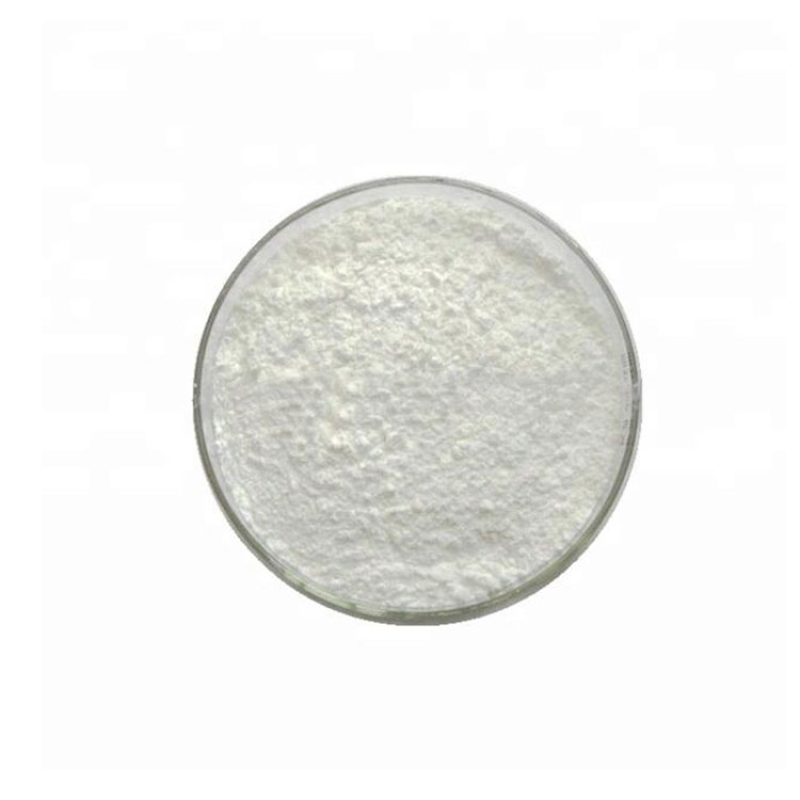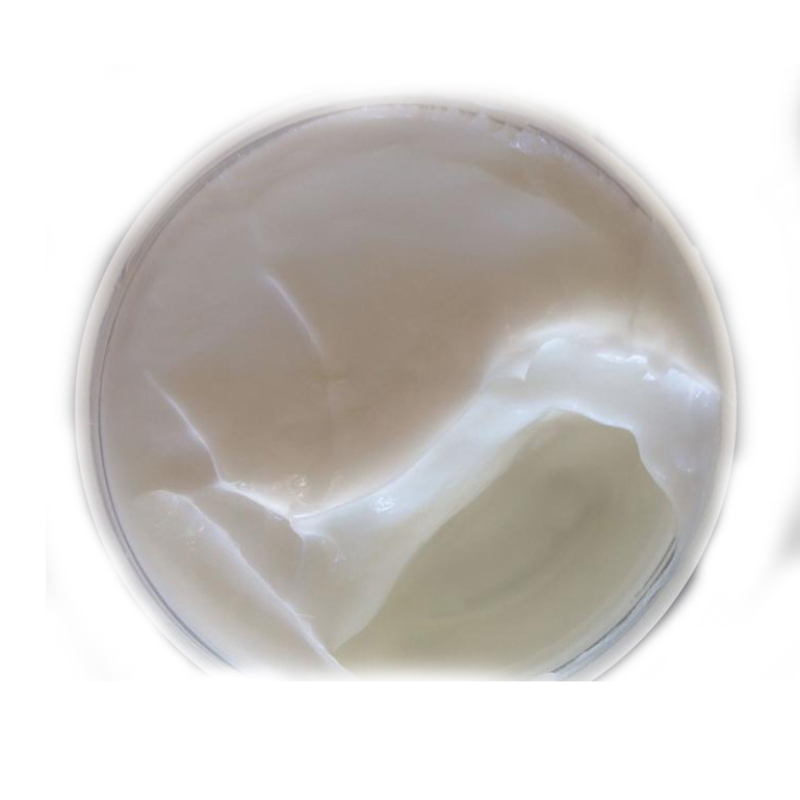Products Description of Ethyl Chloroacetate CAS#105-39-5Ethyl chloroacetate is an organic compound, mainly used as a solvent and can also be used in organic synthesis.Ethyl chloroacetate Chemical PropertiesMelting point -26 °C (lit.)Boiling point 143 °C (lit.)density 1.145 g/mL at 25 °C (lit.)vapor density 4.23 (vs air)vapor pressure 10 mm Hg ( 38 °C)refractive index n20/D 1.421(lit.)Fp 150 °Fstorage temp. Store below +30°C.solubility 12.3g/lform Liquidcolor Clear colorlessOdorExtremely irritating; fruity; pungentexplosive l
Contact Now
Products Description of Quercetin CAS#117-39-5Yellow needle-shaped crystalline powder. It is heat stable, with a decomposition temperature of 314°C. It can improve the light resistance of pigments in food and prevent the change of food flavor. It will change color when it encounters metal ions. It is slightly soluble in water and easily soluble in alkaline aqueous solution. Quercetin and its derivatives are a class of flavonoid compounds widely found in various vegetables and fruits. Such as onions, sea buckthorn, hawthorn, sophora japonica, tea, etc.
Contact Now
Products Description of Diethyl Malonate 99.5% CAS#105-53-3Malonic acid and its derivatives are widely used in pharmaceuticals, spices, food additives, polyester and other industries, and are important fine chemical raw materials and intermediates.
Contact Now
Products Description of Polyvinylpyrrolidone CAS#9003-39-8Polyvinylpyrrolidone, abbreviated as PVP, is a polymer of vinylpyrrolidone. Due to its different degree of polymerization, it is divided into soluble PVP and insoluble PVPP (polyvinylpolypyrrolidone). The relative molecular mass of soluble PVP is 8000-10000. It can be used as a precipitant and precipitate with polyphenols. With this method, it is easy for residual PVP to remain in the wine.
Contact Now
Products Description of Isobornyl acrylate CAS#5888-33-5Isobornyl acrylate, abbreviated as IBOA, has attracted people's attention in research and application in recent years as a functional acrylate monomer due to its special structure and performance.
Contact Now
Products Description of 2,2-Dimorpholinodiethylether CAS#6425-39-42,2-Dimorpholinyl diethyl ether is a transparent liquid.2,2-Dimorpholinodiethylether Chemical PropertiesMelting point -28 °CBoiling point 309 °C (lit.)density 1.06 g/mL at 25 °C (lit.)vapor pressure 66Pa at 20℃refractive index n20/D 1.484(lit.)Fp 295 °Fstorage temp. 2-8°Csolubility Chloroform (Slightly), Ethyl Acetate (Slightly)form Oilpka6.92±0.10(Predicted)color Pale Brown to Light BrownWater Solubility 100g/L at 20℃InChIKeyZMSQJSMSLXVTKN-UHFFFAOYSA-NLogP0.5
Contact Now
Products Description of 6,7-Dimethoxy-3,4-dihydroisoquinoline hydrochloride CAS#20232-39-76,7-Dimethoxy-3,4-dihydroisoquinoline hydrochloride is an intermediate for the synthesis of tetrabenazine.
Contact Now
Products Description of 2,6-Di-tert-butylphenol CAS#128-39-2White or light yellow crystalline solid with phenol odor. Easily soluble in organic solvents such as alcohols, esters, alkanes, aromatic hydrocarbons, and almost insoluble in water.
Contact Now
Products Description of Sodium hexafluorophosphate CAS#21324-39-0Sodium hexafluorophosphate is also called "sodium hexafluorophosphate (V) acid". Chemical formula NaPF6·H2O. Molecular weight 185.97. White powder. Sensitive to air and carbon dioxide, relative density 2.36919. Very soluble in water. Decomposes at high temperature.
Contact Now
Products Description of Sodium allylsulfonate CAS#2495-39-8Sodium allylsulfonate, the molecular formula is C3H5SO3Na, and the molecular weight is 144.1.Sodium allylsulfonate Chemical PropertiesMelting point 242 °C (decomp)density 1.206vapor pressure 0Pa at 25℃storage temp. Inert atmosphere,Room Temperaturesolubility soluble in Alcohol, Dimethylformamideform PowderSpecific Gravity1.25color WhiteWater Solubility 4 g/100 mLHydrolytic Sensitivity0: forms stable aqueous solutionsStability:Stable.
Contact Now
Products Description of ATP Disodium Salt CAS#987-65-5DISODIUM ADENOSINE TRIPHOSPHATE, alias: 5'-adenosine triphosphate disodium salt. Adenosine triphosphate disodium is mainly used as a skin conditioner in cosmetics and skin care products.
Contact Now
Products Description of Trimethylsioxysilicate CAS#56275-01-5White powderTrimethylsioxysilicate Chemical PropertiesFp 4°C (39°F)EPA Substance Registry SystemSilicic acid, trimethylsilyl ester (56275-01-5)Safety InformationRisk Statements 11Safety Statements 24/25RIDADR 1993TSCA YesFactory and Equipment ShowFast delivery timeInventory 2-3 working days New production 7-10 working days
Contact Now
Products Description of N,beta-Dimethylphenethylamine hydrochloride CAS#5969-39-1A phenethylamine derivative as sympathomimetics.
Contact Now
Products Description of 1.1'-Binaphthyl-2.2'-diphemyl phosphine CAS#98327-87-81,1'-Binaphthyl-2,2'-bis(diphenylphosphine) (BINAP) is a powerful chiral auxiliary used as a homogeneous catalyst in certain asymmetric chemical syntheses.
Contact Now
Products Description of 2-Mercaptobenzimidazole CAS#583-39-1Antioxidant MBI, 2-mercaptobenzimidazole, is a thiol-substituted nitrogen heterocyclic compound and an important class of pharmaceutical intermediates, widely used in medicine, pesticides, chemicals and other fields.
Contact Now
Products Description of 2-Mercaptobenzimidazole CAS#583-39-1Antioxidant MBI, 2-mercaptobenzimidazole, is a thiol-substituted nitrogen heterocyclic compound and an important class of pharmaceutical intermediates, widely used in medicine, pesticides, chemicals and other fields.
Contact Now
Products Description of Thianaphthene CAS#95-15-8Benzothiophene, molecular formula C8H6S. Molecular weight 134.19. White leaf-shaped crystals. Has the smell of naphthalene. Can volatilize with water vapor. Melting point 32℃, boiling point 221℃, 103~105℃ (2660Pa). Relative density 1.148432, refractive index 1.637437, UVλmax 227, 257, 288nm in ethanol.
Contact Now
Products Description of N-Methylformamide CAS#123-39-7Pure N-methylformamide is a colorless, transparent, viscous liquid with m.p.-3.8℃, b.p.198℃, n25D 1.4310, relative density 0.9986 (25℃). It is soluble in water and inorganic salts.
Contact Now
Products Description of Poly(vinyl alcohol)CAS#25213-24-5White powderPoly(vinyl alcohol) Chemical PropertiesMelting point >300 °CEPA Substance Registry SystemVinyl acetate vinyl alcohol polymer (25213-24-5)Safety InformationRisk Statements 23/24/25-36/38-39/23/24/25Safety Statements 26-36/37-45WGK Germany 1RTECS TR8100000 Factory and Equipment ShowFast delivery timeInventory 2-3 working days New production 7-10 working days
Contact Now
Products Description of Iminodibenzyl CAS#494-19-9Iminodibenzyl is a chemical substance with the molecular formula C14H13N.Iminodibenzyl Chemical PropertiesMelting point 105-108 °C (lit.)Boiling point 321.94°C (rough estimate)density 1.0778 (rough estimate)refractive index 1.6353 (estimate)storage temp. Keep in dark place,Sealed in dry,Room Temperaturesolubility Chloroform (Slightly), Ethyl Acetate (Slightly, Heated), Methanol (Slightly)form Crystalline Powderpka0.83±0.20(Predicted)color Yellow to beigeBRN 152732LogP4.27CAS DataBase Reference49
Contact Now
Products Description of 4,4'-Diphenylmethane diisocyanate CAS#101-68-8Pale yellow molten solid with a strong pungent odor.
Contact Now
Products Description of SODIUM METHYL COCOYL TAURATE CAS#12765-39-8Sodium Methyl Cocoyl Taurate (SMCT), also known as sodium methyl coconut taurate and sodium methyl coconut taurate, has a chemical structure of RCON (CH3) CH2CH2SO3Na. It is an amino acid surfactant, a milky white viscous paste at room temperature, a 1% aqueous solution with a pH of 6.5-9.0, active matter >38%, coconut oil soap <2%, and color (APHA) ≤300. It is a milder surfactant than SLS, less irritating to the skin, and has good cleaning power.
Contact Now
Products Description of Tris(2-methyl-1-aziridinyl)phosphine oxideCAS#57-39-6It is mainly used as a crosslinking agent and curing agent for the resin coating of missiles.
Contact Now
Methylammonium bromide CAS#6876-37-5Methylammonium bromide Chemical PropertiesMelting point 248.0 to 253.0 °CWater Solubility Soluble in waterform powdercolor White to Almost whiteInChIInChI=1S/CH5N.BrH/c1-2;/h2H2,1H3;1HInChIKeyISWNAMNOYHCTSB-UHFFFAOYSA-NSMILES[NH3+]C.[Br-]Safety InformationHazard Codes XnRisk Statements 22-36/37/38Safety Statements 26-36/37/39-46WGK Germany 3HS Code 29239000Factory and Equipment ShowFast delivery timeInventory 2-3 working days New production 7-10 working days
Contact Now

































